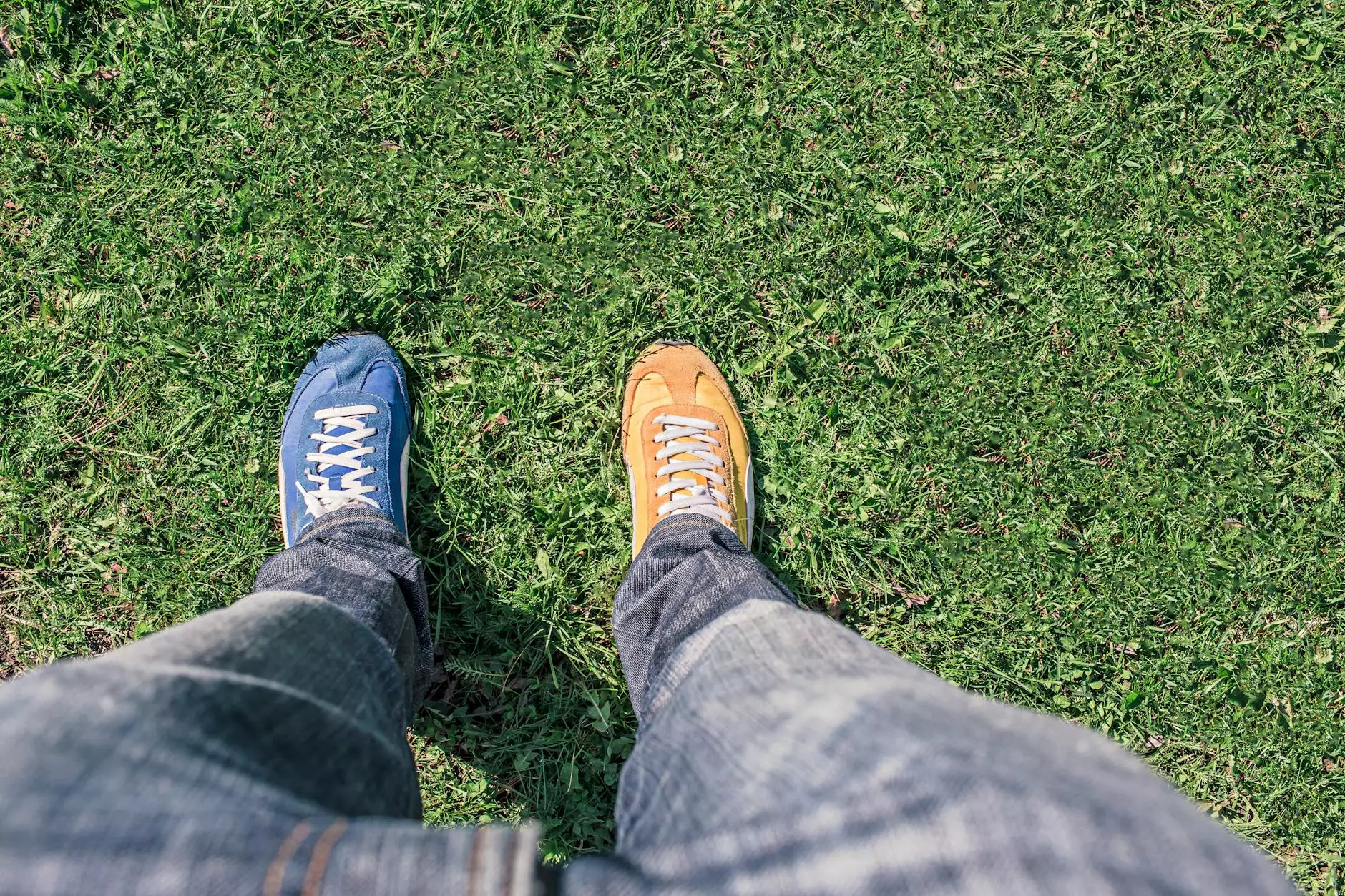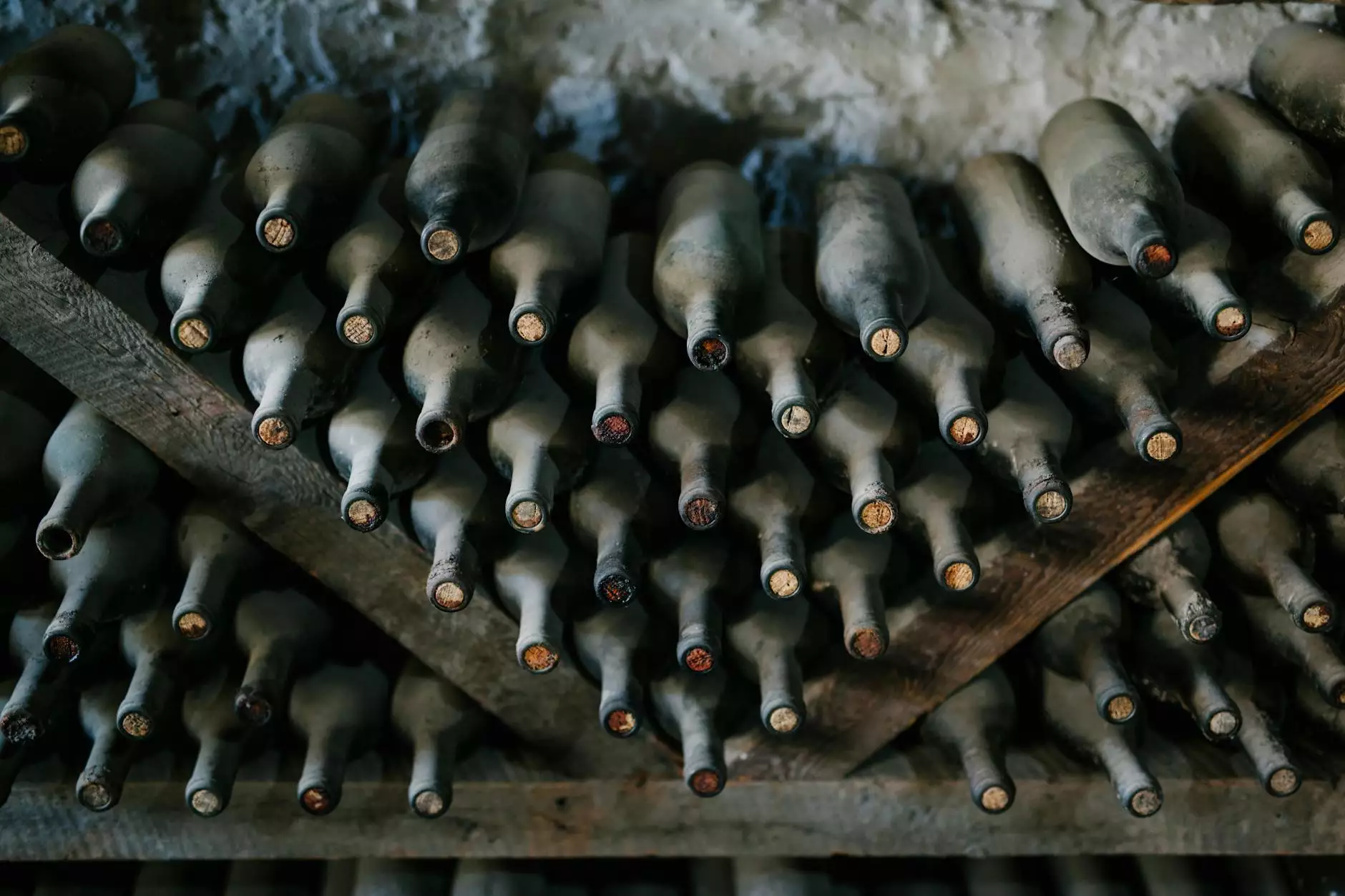The Difference Between Corn and Callus

Introduction
Welcome to The Foot Practice, your trusted source for expert foot care and podiatry services. In this article, we will explore in detail the difference between corn and callus. Our highly skilled and experienced podiatrists at The Foot Practice specialize in providing top-quality foot care in the field of health and medical podiatry.
Understanding Corn and Callus
While corns and calluses are both common foot conditions, they have distinct differences in terms of appearance, location, and causes.
What is a Corn?
A corn is a small, circular area of thickened skin that develops on the toes or on the sole of the foot. It is typically cone-shaped, with the tip pointing inward towards the foot. Corns are often painful and tender to the touch. They can be categorized into hard and soft corns.
Hard Corns
Hard corns usually form on the top or sides of the toes. They have a hard, dense core surrounded by inflamed skin. The pressure and friction from ill-fitting shoes are common causes of hard corns.
Soft Corns
Soft corns, on the other hand, predominantly occur between the fourth and fifth toes. They have a rubbery texture and are often caused by the toes rubbing against each other due to excessive moisture or tight shoes.
What is a Callus?
A callus is an area of thickened skin that can develop on various parts of the feet, including the heels, balls, and sides. Unlike corns, calluses are usually larger and broader. They develop as a natural protective response to repeated pressure or friction.
Causes and Risk Factors
Understanding the causes and risk factors of corns and calluses is essential to their prevention and management.
Corns Causes
The primary cause of corns is pressure and friction on the skin. Ill-fitting shoes, such as high heels or narrow-toed shoes, can contribute to the development of corns. Other factors include abnormal foot mechanics, deformities, or bony prominences that rub against shoes.
Calluses Causes
Calluses, similar to corns, develop due to repetitive pressure or friction. Common causes include walking or running long distances, inadequate foot support, and abnormal gait. Occupation-related activities that demand prolonged standing or walking may also increase the risk of callus formation.
Treatment and Prevention
Proper treatment and prevention methods can help alleviate symptoms and prevent the recurrence of corns and calluses.
Treatment Options
At The Foot Practice, our experienced podiatrists offer a range of effective treatment options for corns and calluses. Depending on the severity and individual condition, treatment may include:
- Corn and callus removal
- Padding or cushioning
- Orthotics or shoe inserts
- Footwear recommendations
- Physical therapy
Prevention Techniques
Prevention is key when it comes to maintaining healthy and pain-free feet. Here are some tips to prevent corns and calluses:
- Choose well-fitted shoes with proper support
- Keep your feet clean and dry
- Protect vulnerable areas with pads or moleskin
- Utilize orthotics or shoe inserts for added cushioning
- Maintain good foot hygiene
Conclusion
In conclusion, corns and calluses are common foot conditions that can cause discomfort and pain if left untreated. Understanding the difference between corn and callus, as well as their causes and treatment options, is crucial for effective foot care management.
At The Foot Practice, our dedicated team of expert podiatrists specializes in providing top-quality foot care services. We are committed to helping you achieve optimal foot health and overall well-being. Contact us today to schedule an appointment and experience the difference we can make in your foot care journey.
difference corn and callus








